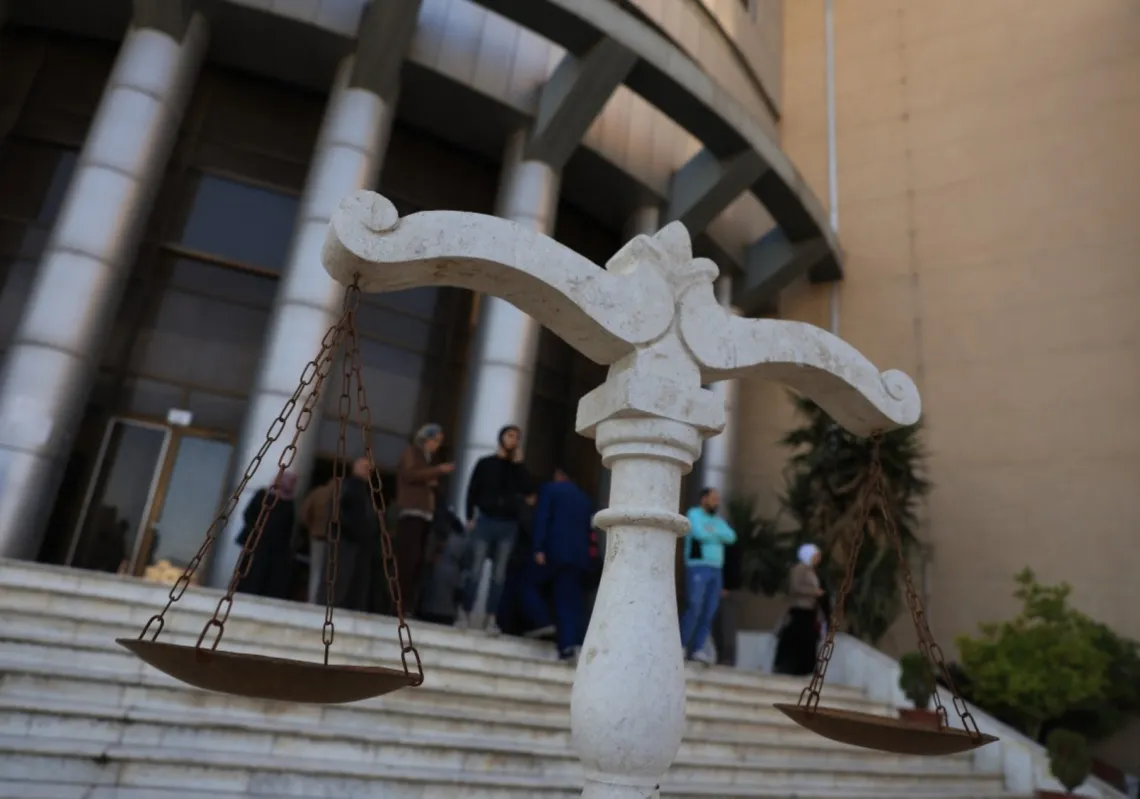The wider economic uncertainty will hit sentiment and the markets, not just those in government debt, where confidence would be rocked by any such potential default, which is, as yet, unprecedented.
The shockwaves would hit stocks and would be enough to put jobs under threat across the real economy. The dollar would face consequences, with some seeing a decline in its exchange rates as inevitable, although the outlook for it is complicated by haven asset demand. The price of gold would be highly likely to jump.
A high-level warning of recession and economic damage
It would all amount to what US Treasury Secretary Janet Yellen has warned would amount to a financial crisis and then a recession, causing deep and difficult-to-repair damage to the US economy.
The government's arrears will also increase the cost of its debt, even in the short term, further complicating the management of the federal debt.
Credit rating downgrade and trouble for holders of US bonds
This is likely to lead to a downgrade of the country's credit rating. This happened in 2011 under President Barack Obama, when the Washington debt ceiling brinkmanship peaked.
The rating agency Standard & Poor's to reduce the country's credit rating from AAA to AA – although Congress eventually agreed to raise the debt ceiling, and there was no default.
Even without a default on US Treasury bonds, questions over the US government's ability to borrow could undermine confidence in US financial assets and the wider investment case in the country, undermining its market credibility.
Global finance would face chaos and uncertainty, given the role of the US dollar as a global reserve currency in the international monetary and financial systems, as well as the role of US Treasury bonds in asset pricing and in the dollar-based liquidity transfer system.
The holders of these bonds will be the first ones to be directly affected, either by late payment or default; they can be divided into two groups.
The first is internal to the US, consisting mainly of private investors – pension funds, insurance companies, and retail investors – and holding 31% of the total bonds, followed by public pension funds with 22%, the Federal Reserve, and finally American banks.
The second is external – it holds the second largest share of total bonds at 25% – and is composed of foreign states and private investors from abroad.

The structure of foreign state holdings of US Treasury bonds has undergone significant shifts in the last decade. In 2018, Russia sold off its $100 billion bonds holdings.
Since 2011, China has quietly cut its exposure to US government debt to under $1 trillion. That put Japan at the top of the list of the largest US creditors with nearly $1.13tn, followed by the United Kingdom, Belgium, and Luxembourg.
In the Arab world, Saudi Arabia tops the list of holders of US Treasury debt at $121.1bn – this is the highest holding in the Gulf; it is followed by the United Arab Emirates, Kuwait, Oman, Qatar, and Bahrain.
Outside the Gulf Cooperation Council, Iraq is at the forefront of the Arab countries investing in US Treasury bonds at about $40bn.















